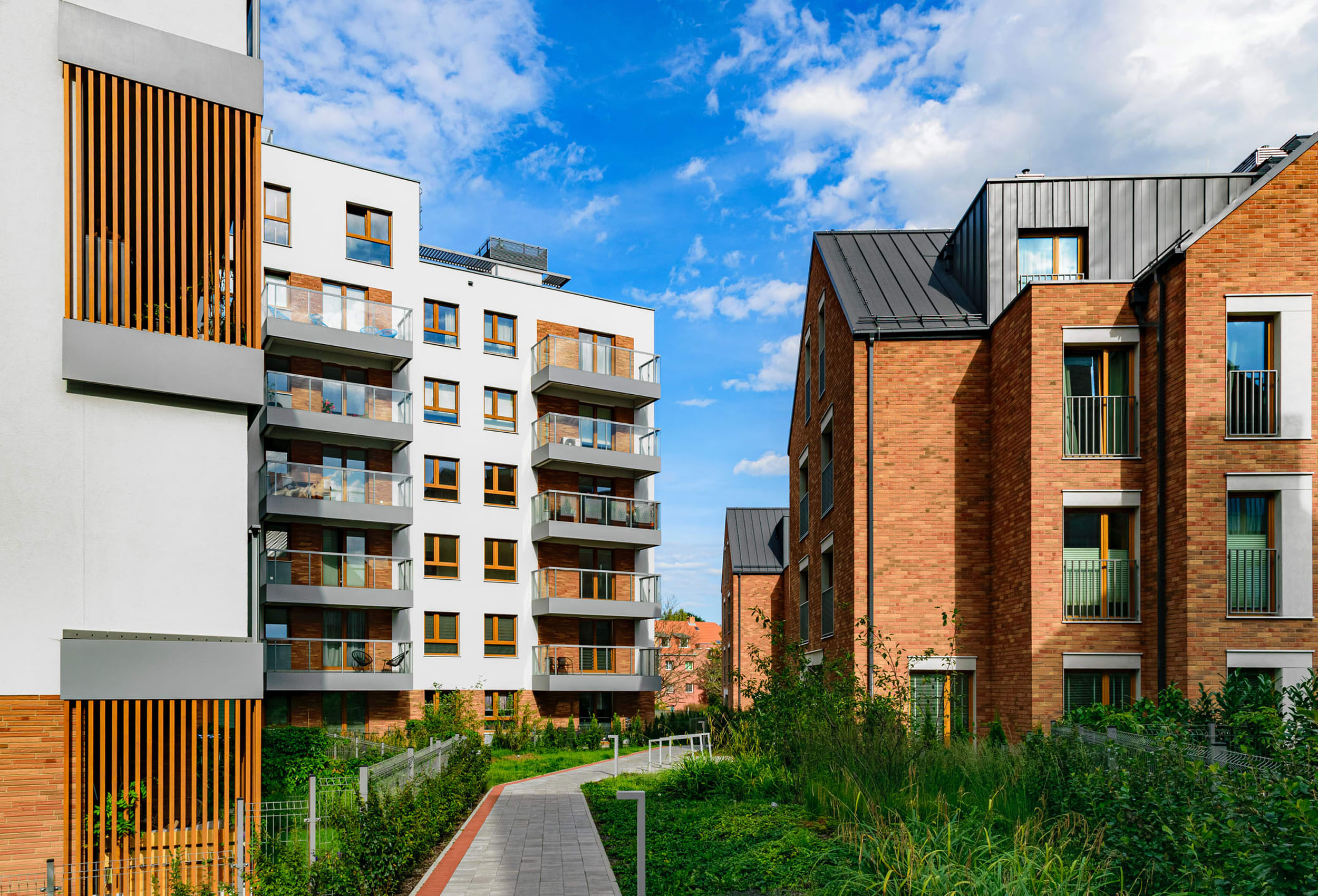London’s rental market is experiencing a fundamental shift as build-to-rent developments reshape how residents approach city living. These purpose-built rental communities offer an alternative to traditional buy-to-let properties, providing professionally managed homes with enhanced amenities and flexible lease terms. Understanding this emerging sector reveals opportunities for both renters seeking quality accommodation and investors exploring new property strategies.
Build to rent London represents a departure from London’s historically fragmented rental landscape, where individual landlords managed scattered properties with varying standards. Professional operators now develop entire buildings specifically for rental use, creating cohesive communities designed around tenant needs rather than sales potential.
Why Build-to-Rent is Transforming London
Several factors drive build-to-rent growth across London’s boroughs. Housing affordability challenges mean many professionals cannot access homeownership despite stable incomes, creating sustained demand for quality rental accommodation. Traditional rental stock often lacks consistency in management standards and property conditions, leaving tenants frustrated with poor maintenance and unpredictable landlord relationships.
Planning policies increasingly support build-to-rent developments through specific guidance that recognises their contribution to housing supply. Local authorities appreciate the professional management standards and long-term rental security these developments provide, particularly when compared with short-term letting platforms that reduce available housing stock.
Demographic shifts also influence demand patterns. Young professionals value flexibility over property ownership, preferring locations near transport links and employment centres. Build-to-rent developments typically occupy strategic sites that traditional residential sales might not support, creating housing options in previously underserved areas.
Investment capital flows from institutional sources seeking stable, long-term returns rather than quick development profits. This patient capital enables higher construction standards and enhanced communal facilities that improve tenant satisfaction and retention rates.
Advantages for London Renters
Build-to-rent developments offer several compelling benefits that address common rental frustrations. Professional management companies maintain consistent service standards across their portfolios, providing reliable maintenance responses and clear communication channels. Tenants experience greater certainty about property conditions and management practices before committing to leases.
Flexible lease terms accommodate London’s mobile workforce, with options ranging from traditional annual agreements to shorter-term arrangements. This flexibility particularly benefits professionals relocating for work or those exploring different London neighbourhoods before making longer commitments.
Enhanced amenities distinguish build-to-rent properties from traditional rental stock. Communal spaces often include fitness facilities, co-working areas, and social zones that create community connections whilst maximising individual apartment efficiency. These shared facilities provide lifestyle benefits that would be unaffordable in private ownership scenarios.
Location advantages emerge from strategic site selection by professional developers. Build-to-rent projects often occupy transport-connected sites that prioritise rental demand over sales appeal, creating opportunities near employment centres and transport infrastructure that traditional residential development might overlook.
Transparent pricing structures eliminate many hidden costs associated with traditional rentals. Professional operators typically include utilities, maintenance, and community facility access within advertised rents, providing clearer budgeting for tenants and reducing unexpected expenses.
Investment Opportunities and Returns
Build-to-rent presents institutional investors with stable, inflation-linked income streams that contrast with traditional property development models focused on sales profits. Operating income from rental yields provides predictable returns whilst property values appreciate over time, creating dual income sources for patient capital.
Professional management reduces investor involvement in day-to-day property operations whilst maintaining higher standards than individual landlords typically achieve. Specialist operators understand tenant needs and market dynamics, optimising occupancy rates and rental levels through data-driven approaches.
For London residents exploring housing options, build-to-rent offers enhanced standards and flexibility that traditional rentals often cannot match. Investors seeking exposure to London’s property market through income-focused strategies should consider how professional rental operations might complement existing portfolios.

Comments are closed